|
One hundred years ago today, George E. Hart (Nov 6, 1859-Jun 24, 1920), Corona del Mar’s founder and developer, died in Los Angeles. While details of his historic purchase of Corona del Mar have been widely reported, almost nothing has been written of Hart’s life. We spent some time digging into his past to learn more, even tracking down his granddaughter, Mareta Hart Ellmore. She is still alive today and living in Orange County, having spent a good portion of her life in Newport Beach and in the city her grandfather named The Crown of the Sea. George Hart was born into a modest farm family in rural New Hampshire. The youngest of six children of Edward and Sally Hart, one older brother died in infancy and his two oldest sisters died of tuberculosis by the time he was 15. Perhaps these early losses forced him to grow up quickly; he got into the lumber business at a young age. By 18, he had built his first lumber mill and by his late 20s, he owned three lumber mills in New Hampshire. At 27, he married his first wife, Ita Belle Carter, a 21 year-old music teacher. A couple years later, he sold off his mills and he, Ita, and his older brother, John Fox Hart, would move out to Washington state. There he started more lumber mills, with he and his brother also starting the Tacoma & Eastern Railroad Company, which they used to transport the timber. He seemed to build on his success and fortune during his five years in Washington, although not without controversy. The newspapers wrote about one of his mills burning down: rumors of arson, and a well-publicized lawsuit with the insurance company, which he eventually won. He and Ita split while living in Washington; she returned home to New England. Perhaps looking for a new challenge, Hart moved to Oakland in 1896 and got into the real estate business. He made his way to Los Angeles by 1900 and got into business with Henry Huntington, whose Pacific Electric Railway would figure into his plans for Corona del Mar. In 1903, he married May Evelyn Guertin, possibly meeting her on one of his trips back East to visit family, as she was living in Fall River, Massachusetts at the time. May Evelyn was perhaps everything that Hart was not. Born into a high society Texas family, her great uncle was Francis Scott Key, who penned The Star-Spangled Banner. Her grandfather had surveyed the Texas-Mexico border for the US government, her relatives were in prominent political roles in Washington D.C., and she was a personal friend of Texas Governor ‘Big Jim’ Hogg. “She was very beautiful, sophisticated, and outgoing,” recalls Mareta. “She was an exciting person.” While Mareta was only four when May passed, she recalls many stories from her parents about her. Like George, May had been married once before. She married Arthur Jalbert when she was 19 and gave birth to a son, Victor Key, a few months later. They settled in Fall River, and the marriage would last only a few years. The then 27 year-old, would eventually marry the 44 year-old George Hart in 1903. She and Victor, who would take Hart’s name for the rest of his life, moved to California. While already a very wealthy man at this point – with May as his wife and business partner, the next decade was very prosperous for Hart as he became one of Los Angeles’ most prominent businessmen. Hart & Co. made major land purchases throughout Southern California; investments in Pomona and Long Beach were among some of his larger deals, but it was clear that the purchase of Corona del Mar was special to Hart and his family. Perhaps as a way to promote his land, whenever Hart was profiled his mansion in Los Angeles was mentioned but it was always followed by his summer home in Corona del Mar and the mile of ocean and half mile of bay frontage were prominently mentioned. The year 1904 was a special one for Hart as he made his historic purchase of Corona del Mar from John Irvine II and in the spring, May gave birth to his first biological child, Sally Juanita. Over the next few years, the society pages often mentioned that George, May, or both were traveling with their children down to Corona del Mar for vacation, staying at the newly completed Hotel Del Mar. Mareta heard very few stories about George from her father, Victor, who was often away at private school, but he would speak fondly of the summers he spent with George in Corona del Mar. One of George and May’s most notable visits to Corona del Mar – making the front page of the LA Times – involved a card game with a pair of Nevada miners to settle a land dispute. The Harts traded land in Simi Valley for a town in Riverside County and they disputed who owned the existing crops on each land at the time of the trade. They decided they would play a card game – whist – to determine who would get the crop, which was valued at $15,000 (over $400,000 today). The Harts invited them to play down in Corona del Mar; it was originally set at the Hotel Del Mar but it drew so much local attention that they moved it to a nearby beach cottage. The article recounts the game and also demonstrates May's charisma and charm as the writer seems hypnotized by her every action. The article's focus is not George Hart, the multi-millionaire real estate developer, but Mrs. George Hart. Despite some skilled play, the Harts ran into bad luck down the stretch and ended up losing the game, but not their decorum. The LA Times reported, “Without a sigh or an unpleasant word, Mrs. Hart swept the cards from the table; brushed off her dress and slightly yawned. “Aren’t you tired? Now you must all be my guests at a little supper?” In the Summer of 1910, at age 50, George Hart reached the peak of his life both personally and professionally. His mansion in LA was described as “one of the most completely equipped homes in the city” and it featured a $6,000 pipe organ (over $160K today). As he arrived in Corona del Mar that summer with his beautiful wife May (now 34, she lied to the census taker and was listed as 30), 6 year-old Sally, and his 13 year old stepson, Victor, home from boarding school for the summer, they could see the first residential homes going up on the Bluffs. Before long, his life took an abrupt downturn. Later that year, May is listed as staying with Sally in Tucson, Arizona. One could speculate that they were there for health reasons as there is a genetic connection to tuberculosis (people with genetic markers for it are 10x more likely to get it and George had lost two sisters to ‘consumption’) and Tucson was a destination for treatment because of its arid air. In 1912, Sally Juanita died of meningitis, one day after her 8th birthday. Mareta recalled that the passing of his younger sister stuck with her father for the rest of his life. Victor rarely talked about the past but on several occasions he told her of the funeral they held at their home in Los Angeles and how Sally’s little white coffin was pulled by two white horses on a white chariot. At this stage, George may have been suffering from his own ailments. Even in the 1908 LA Times story about the whist game, it is mentioned that he is of poor health. Despite a few sales in 1910, development in Corona del Mar slowed again and in 1915, George decided to give up on his dream of building the ocean community. He traded the remaining 400 acres for $400K and 5,000 acres of land on the Riverside/Corona border. The following year, his brother John, who had moved with him to Washington state and later followed him to LA, passed away. Through 1918, George still shows up in various land deals including the purchase of two Escondido ranches, but in the 1917 Pasadena city directory, where May is living, she is listed as George’s widow. He was not mentioned in the press in 1919. When he passed away in 1920 at age 60, there was no obituary for the man who - just a decade earlier - was one of Los Angeles' most prominent citizens. The man who had come from a farm in New Hampshire, made his money in lumber mills when he was still a teenager, and then become a prominent, and for a time very wealthy, real estate developer, was laid beside his daughter, Sally Juanita, in the famed Hollywood Forever Cemetery in Hollywood, CA. May would go on to her own success in real estate, building and developing the Venetian Square Apartments in Long Beach as well as building an upscale hotel and apartment complex on Bonnie Brae in Los Angeles, down the street from Hart’s old mansion. She re-married at least two more times including a 1921 marriage to Harry Burmester, the editor of the Long Beach Press. She passed away in 1960, listed in many places as 60 years old, but she was actually 64. Likely following her wishes, her gravestone does not list her date of birth. Victor managed and eventually owned and expanded on the Venetian Square. A successful businessman and active in the Long Beach community, Victor would live to the age of 98, passing away in 1995.
6 Comments
9/9/2020 05:25:13 am
I am very happy to find here interesting thoughts and updating the story of corona del founder thanks for essential objectives. I am getting here the perfect resume reviews and preparing for great tips.
Reply
10/20/2020 08:36:42 pm
So happy to read about Mr. Hart and the history of our City.
Reply
5/24/2022 02:55:41 am
A site that provides dissertation writing services for money provides all the necessary software and support materials for learning.
Reply
PATRICIA POLLMAN
1/17/2023 02:35:24 am
I am related to George Hart by Marriage and Mareta. .May Evelyn Hart is my Great Aunt. She was my Grand-
Reply
James R. Anderson, LTC USAF (Ret)
11/20/2023 10:55:13 am
I am the brother of Mareta Faye who passed recently. Mareta Brown Hart and my Dad, Aubrey Anderson, were First Cousins but were raised as Brother and Sister. When my mother died in 1937 my Dad allowed Mareta and Victor to adopt Mareta Faye on the condition that she would maintain contact with my brother and myself. We made several trips to CA and I do recall visiting a family who ran a motel on Ocean Blvd and seem to be related somehow to Mareta Brown Hart. My brother Jerry and I would lifeguard at Victor's pool in Venetian Square during the Miss Universe pageant. Vic was Chairman of the Housing Committee and the Miss USA contestants were housed in the Apartment building. Although Mareta Brown Hart was technically my 2nd Cousin I always held her to be my Aunt Mareta and loved her very much.
Reply
Leave a Reply. |
AuthorCdM Historical Archives
September 2021
Categories
All
|
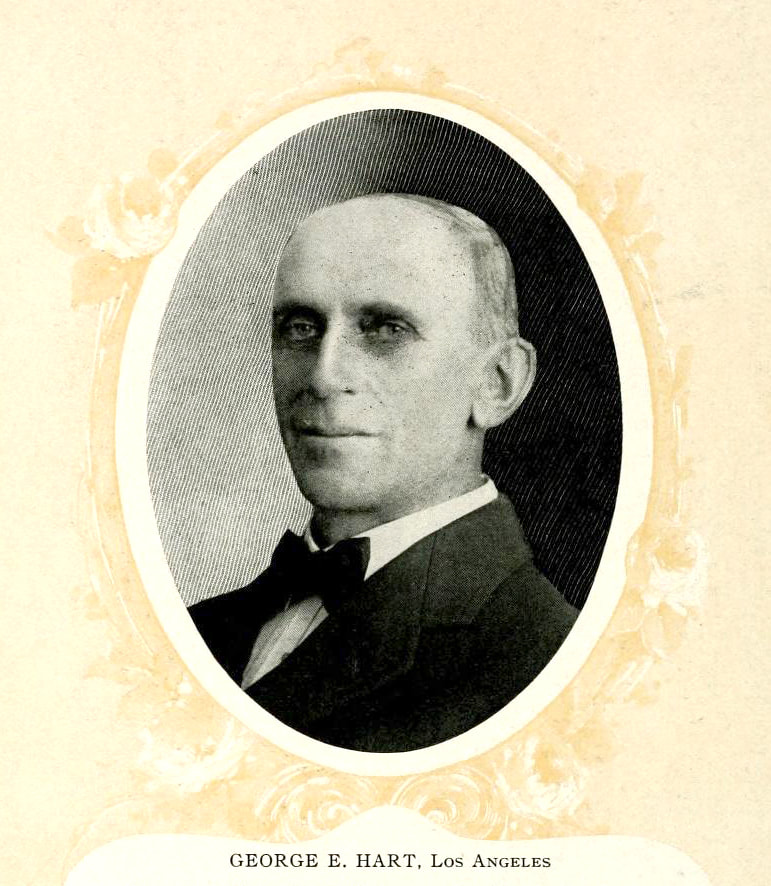
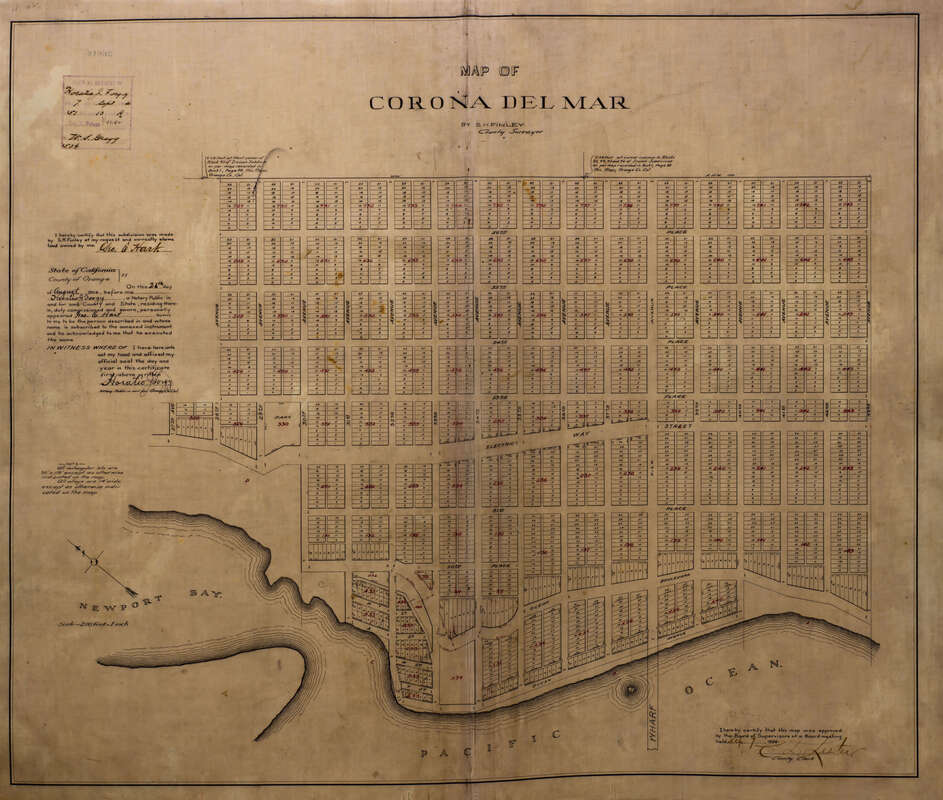
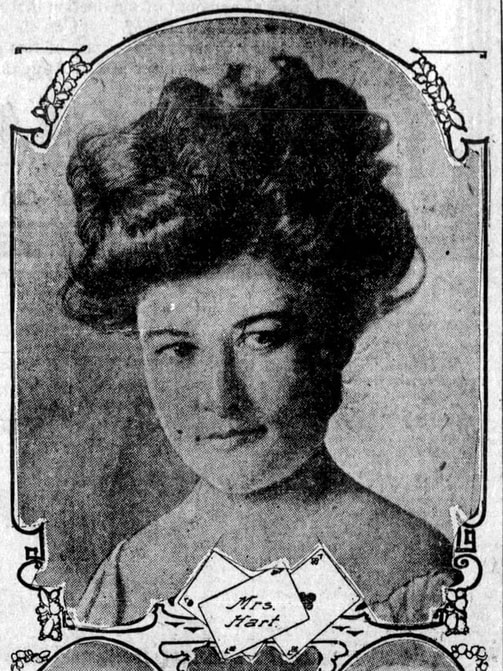
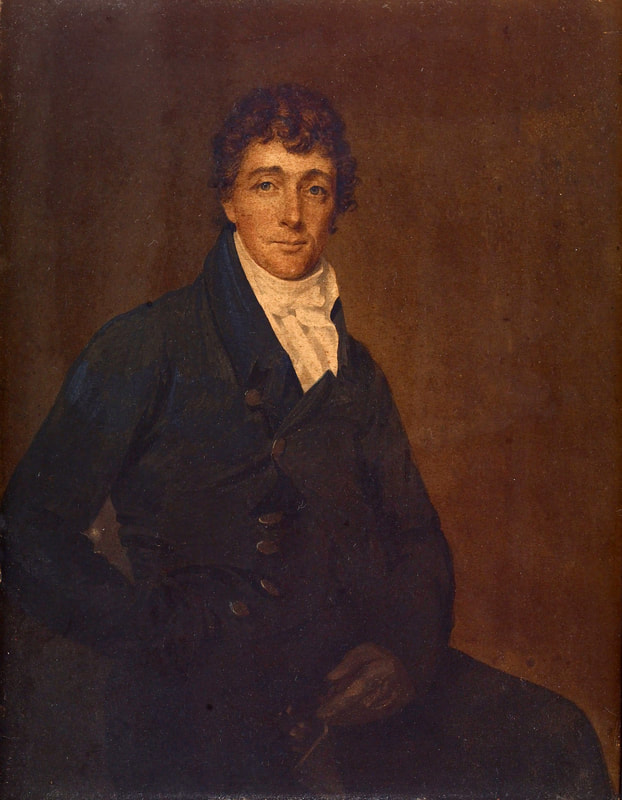
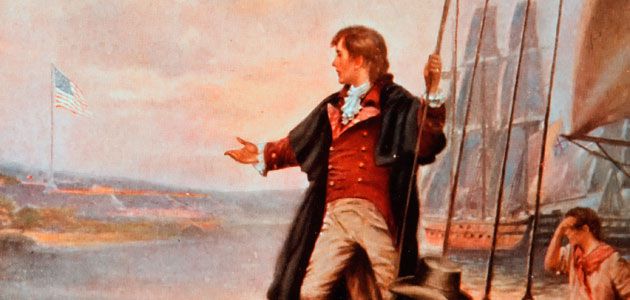
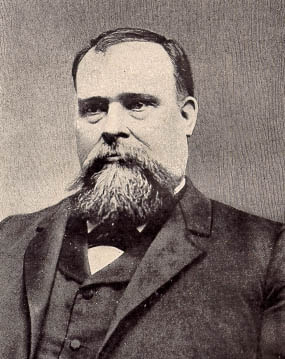
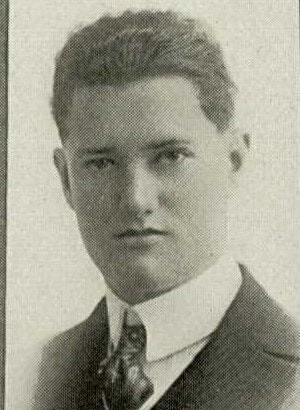
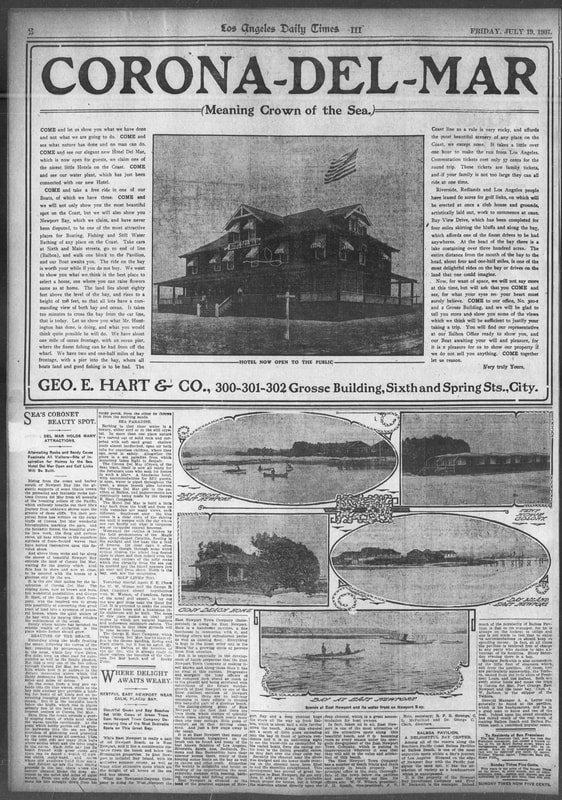
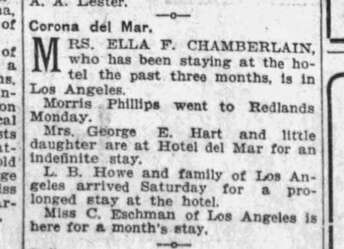
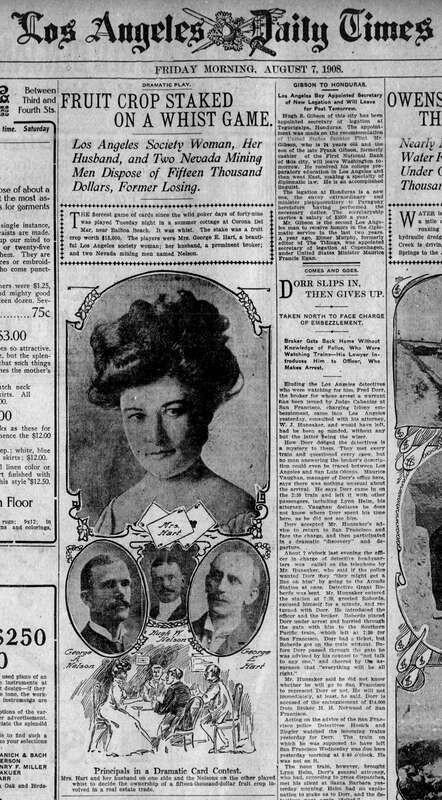
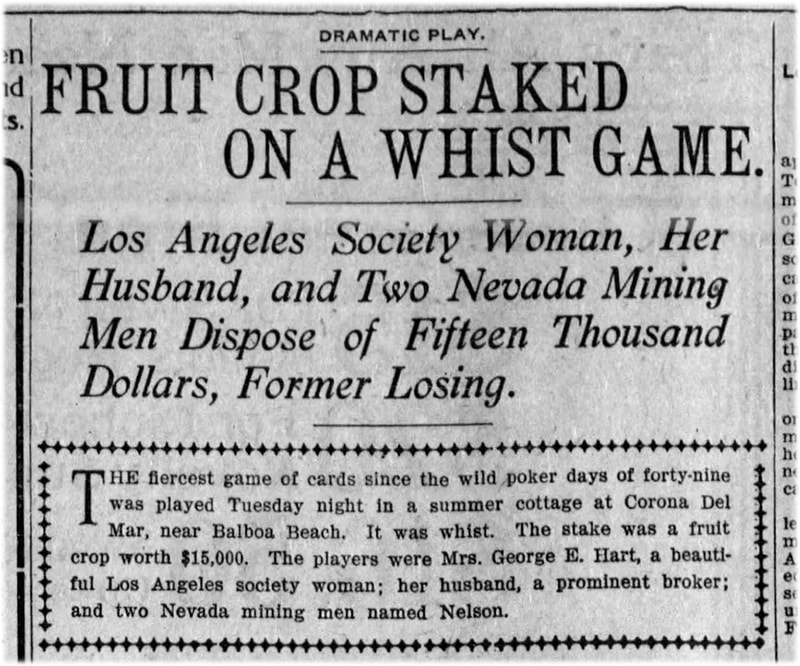
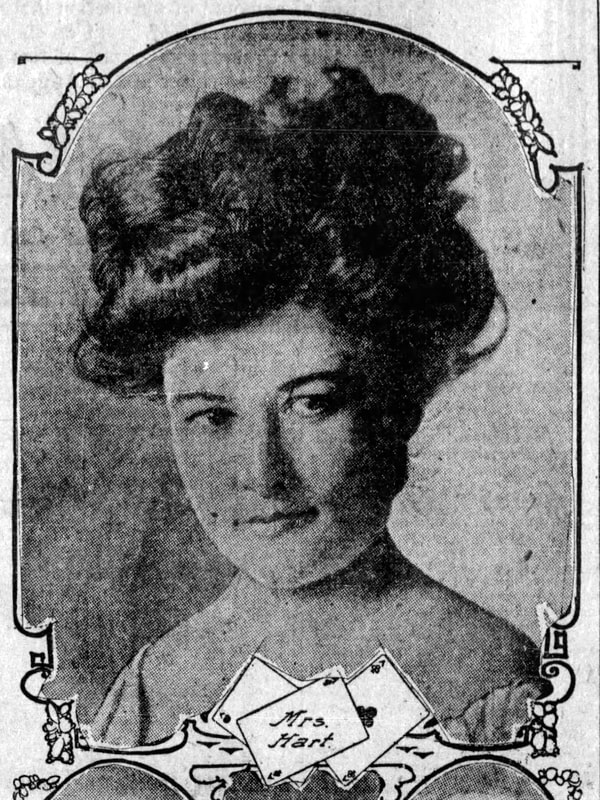
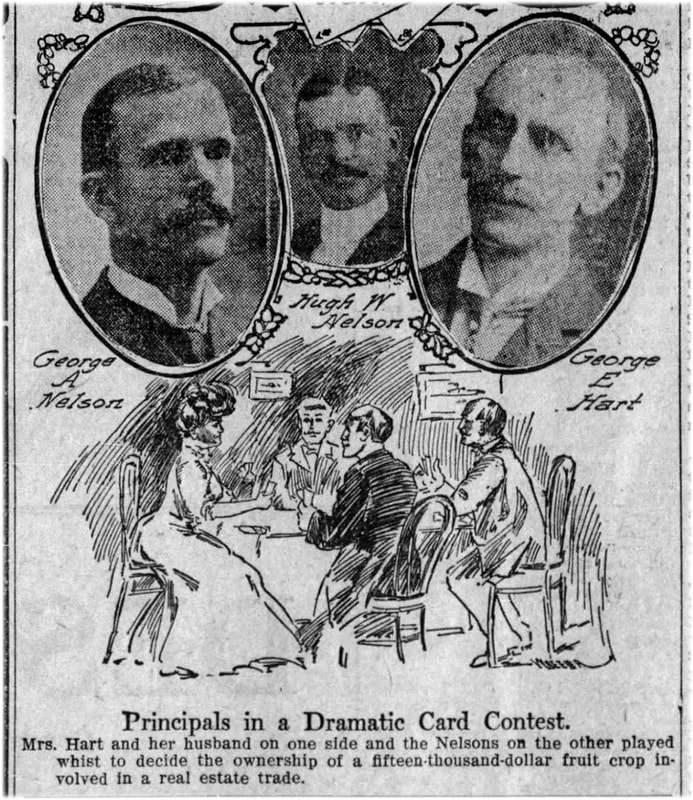
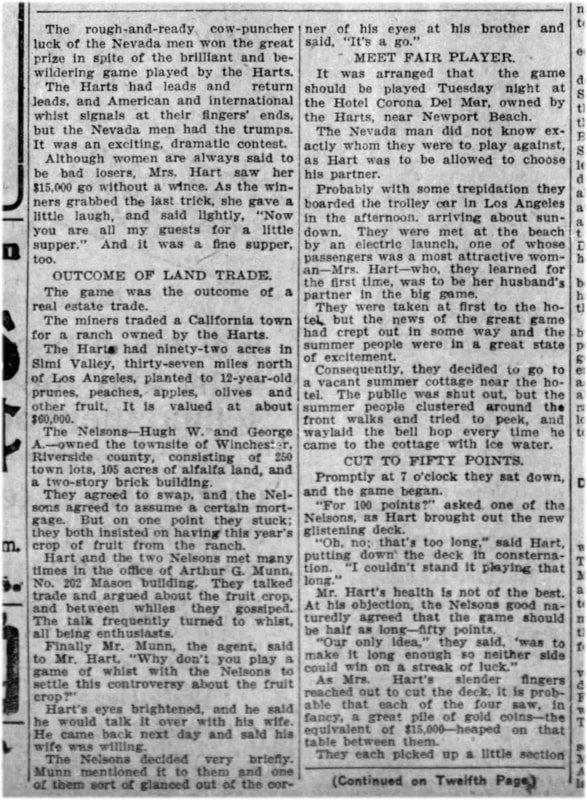
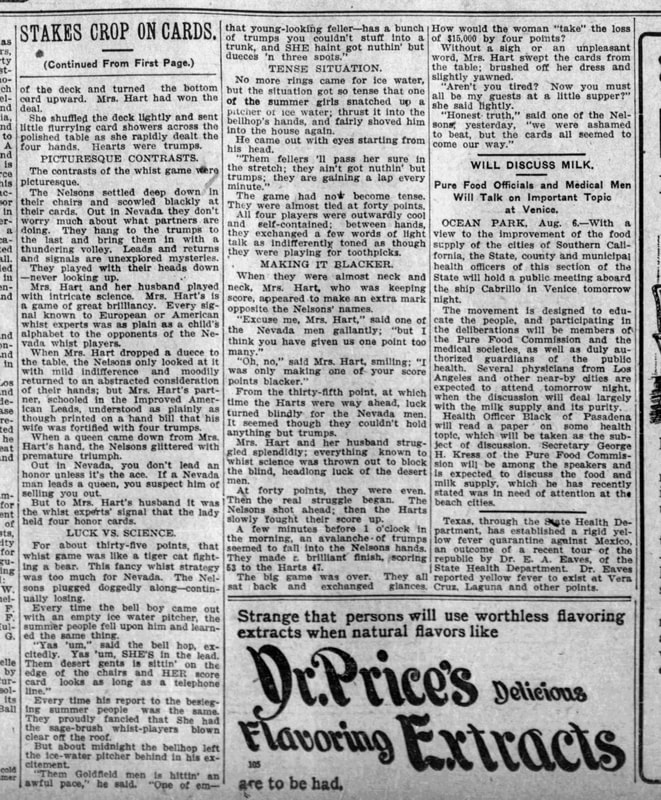

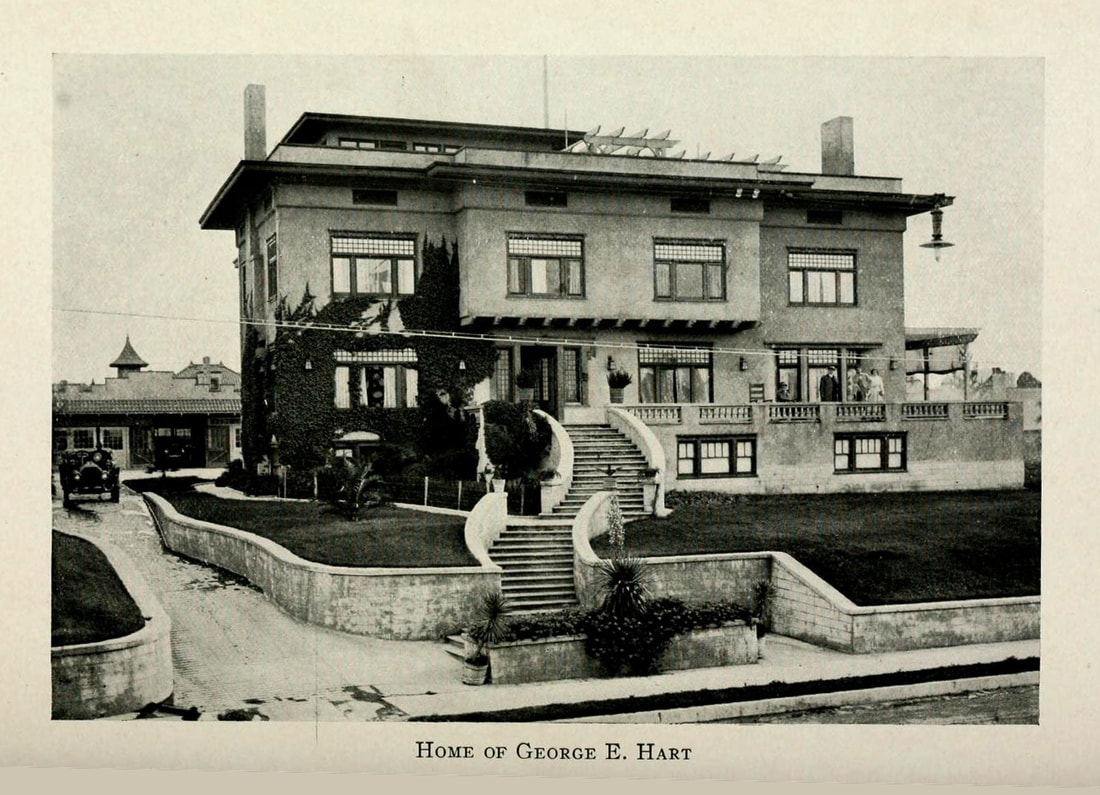
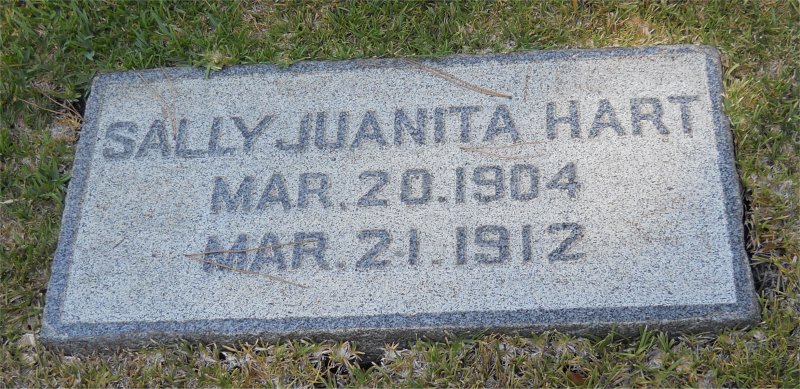
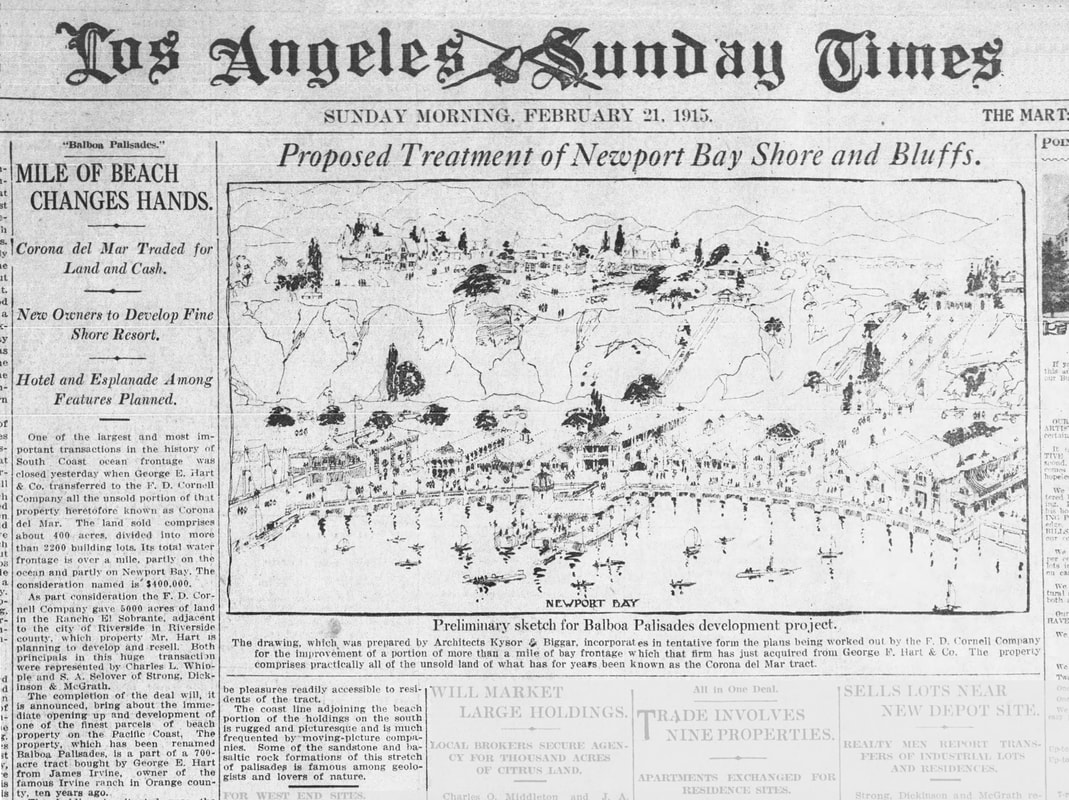
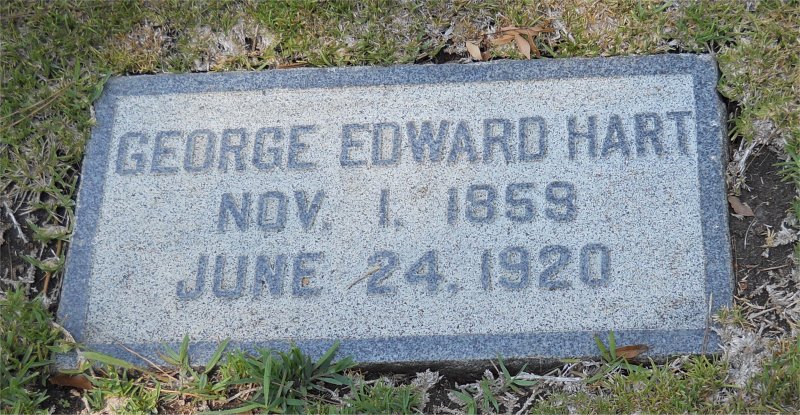
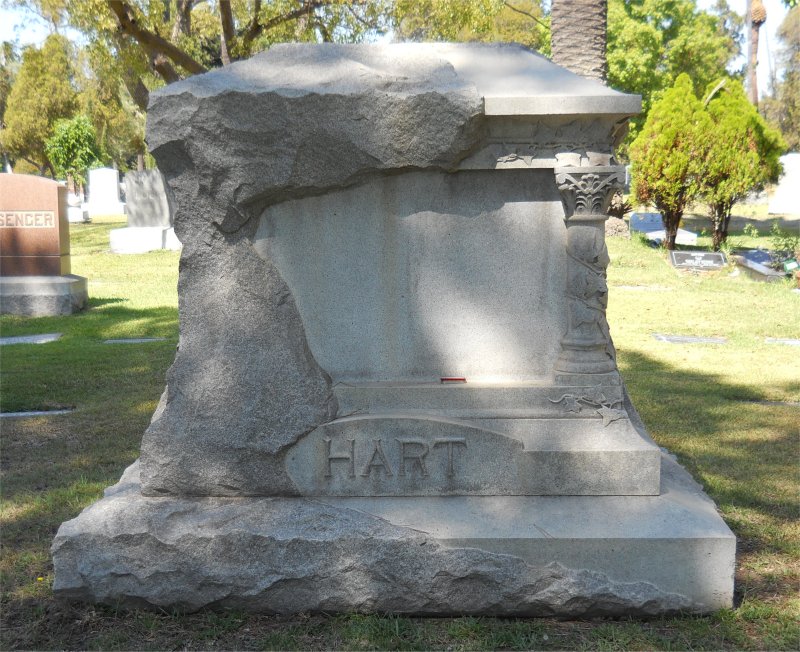
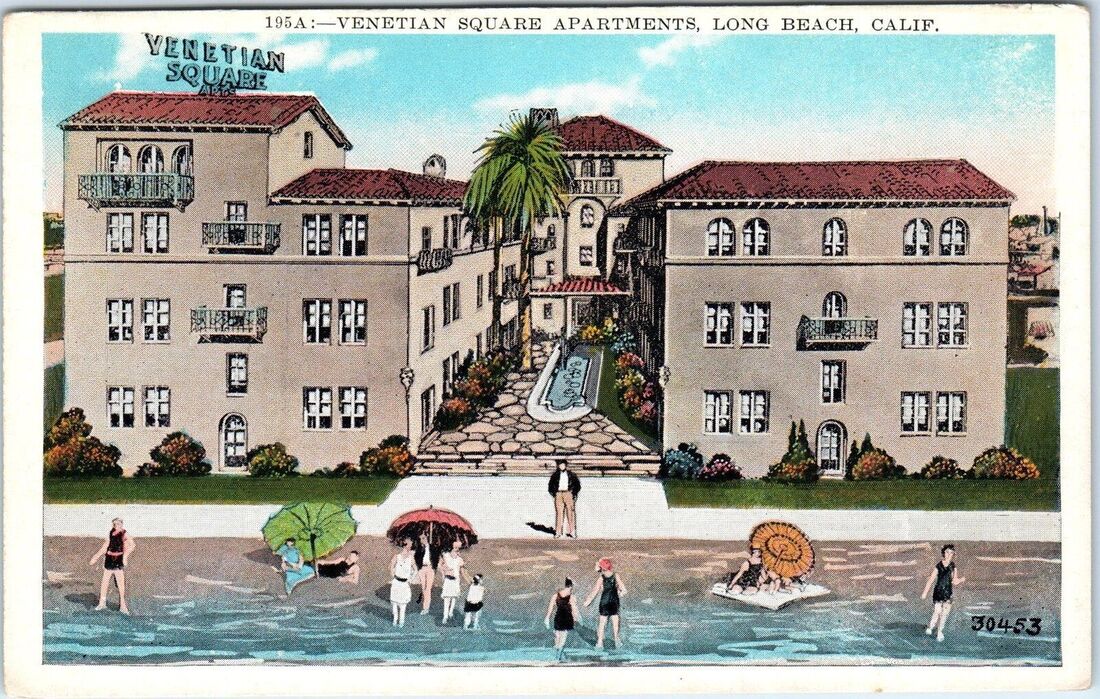
 RSS Feed
RSS Feed